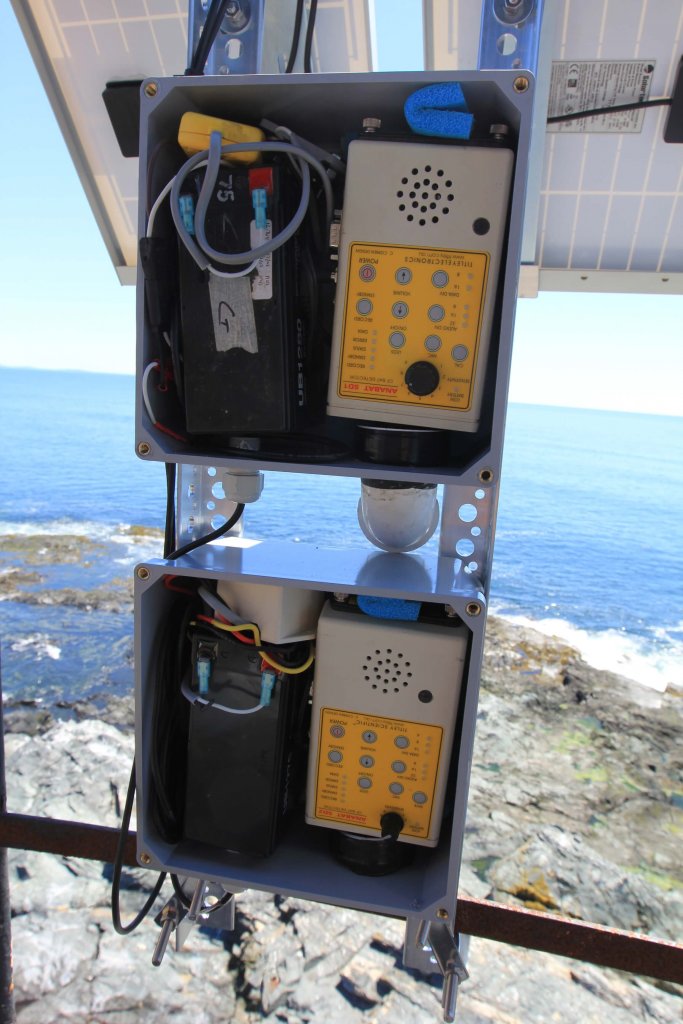
The U.S. Department of Energy has issued a $250,000 grant to develop a blade-mounted, ultrasonic whistle on wind turbines to deter and protect bat species. The project, led by researchers at UMass Amherst, will address the challenge of deterring bats across an entire wind-turbine blade.
Mark you calendars. April 17, 2017 is National Bat Appreciation Day. It is a date worth noting because bats are worthy of recognition.
They are the only mammals that can truly fly (not glide), with a remarkable ability to navigate using echolocation. Perhaps of most significance to humans, bats keep the bug population in check by eating their body weight in insects each night. This means certain bat species can eat up to 1,000 mosquitoes in about an hour. Impressive, right? The wind industry thinks so, too.
Although bats and wind turbines do not always mix well, no other energy industry is voluntarily researching and mitigating wildlife impacts (including wildlife not protected by federal law — such as many bat species) more than the wind industry.
In 2003, the American Wind Energy Association, Bat Conservation International (BCI), the U.S. Fish and Wildlife Service, and the Energy Department’s National Renewable Energy Laboratory jointly formed the Bats and Wind Energy Cooperative (BWEC).
One result of the BWEC is the voluntary best-management practice that limits the operation of turbines in low-wind speed conditions during the fall bat migration season, when research has shown bats are most at risk of collision. It is expected to reduce impacts to bats from operating wind turbines by as much as 30%.
Another result of the BWEC is the development and research of devices that detect and deter bats from wind farms. A promising idea has come from BCI, a wind program under the BWEC investigating the effectiveness of ultrasonic acoustic deterrents, or UAD devices. UADs emit a loud, high-frequency sound inaudible to the human ear but a deterrent to bats. The idea is that these devices, when mounted on a wind turbine, will make nearby airspace aurally uncomfortable to bats so they steer clear.
Researchers got the idea from certain moths that have an ability to obstruct or “jam” bat calls to avoid predation. If UADs prove effective on wind turbines, the devices could mean fewer operating restrictions for wind-farm owners, such as during bat migration season. The key is an effective and reliable UAD that can withstand the weather and environmental conditions experienced some 80-plus meters above ground.

For the offshore Energy Department study, acoustic bat detectors like this one on Maine’s Halfway Rock Lighthouse recorded bat activity at 36 coastline and offshore sites in the Gulf of Maine, Great Lakes, and mid-Atlantic Coast. (Photo: Steve Pelletier, Stantec)
According to the BCI, it is planning three studies this year to investigate the effectiveness of a UAD-designed and manufactured by Renewable NRG Systems, a company that develops measurement products purpose-built for the renewable energy industry.
One of the studies, funded by the U.S. Department of Energy, will compare the reduction levels of the deterrent devices with turbine operational minimization, specifically feathering blades in 5.0 m/s wind (or 2.0 m/s above the preset operating conditions). Research will also combine both impact reduction strategies to determine whether there is an additive effect, showing that UADs further reduce bat fatalities.
Bats offshore
As the U.S. offshore wind industry slowly develops, bat research has followed suit. A multi-year study funded by the Energy Department, and conducted by environmental consulting and engineering firm Stantec, is the most extensive study on bat activity offshore conducted to date.
Researchers deployed specialized monitoring equipment to detect echolocation calls of bats at 36 coastline and offshore sites. The bat detectors were placed on a number of remote lighthouses, offshore towers, weather buoys, and three research vessels.
The study aimed to identify relationships that help predict when and where bats are most likely to be found offshore. In turn, the industry can better plan offshore projects and develop operational constraints that reduce risks to bats.
The study found, for instance, that offshore bat activity is highest near heavily forested coastal areas or islands and lowest in areas with fewer trees. Bat activity also increases during periods of warmer temperatures (peaking from July 15 through October 15) and in lower wind speeds. This means offshore developers may plan wind farms further away from shore, or decide to slow or stop turbines running during peak bat seasons.
In 2015, the Energy Department awarded $1.75 million for five separate projects to support the development and testing of deterrent technologies that reduce the interactions between wind farms and sensitive bat species.
Ongoing research and collaborative efforts are keys to protecting all bat species. In fact one recent study by W.F. Frick of Bat Conservation International (and published in “Biological Conservation”) has credited collaboration work for one conservation method — curtailment of wind turbines under high-risk conditions. The study pointed to a reduction of bat fatalities by 44 to 93% using this method, while minimizing the impact on power generation. Research continues to further refine and improve the effectiveness of such mitigation techniques.
Understanding bats
The Bats and Wind Energy Cooperative, or BWEC, is focusing on three main areas of research regarding bats and wind energy.
- Pre-construction monitoring to assess bat activity levels and use at proposed wind sites.
- Post-construction fatality searches to determine estimates of fatality, and find and compare patterns of fatality to other wind sites and in relation to weather and habitat variables.
- Mitigation efforts that test the effectiveness of seasonal wind-farm shutdowns and deterrent devices on reducing fatality of bats.
Filed Under: News, Safety




